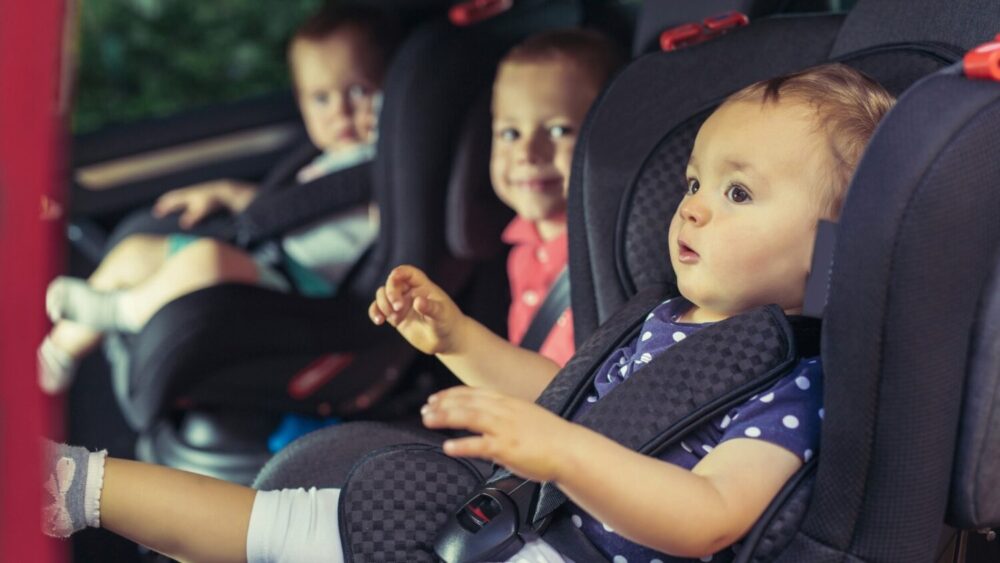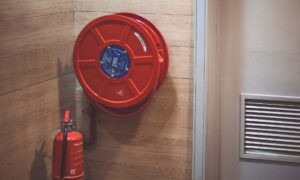Every parent cherishes their child and aspires to provide them with the best of everything. This includes ensuring their safety, which becomes even more crucial when they’re on the road. Tragically, car accidents have emerged as an alarming threat, standing tall as one of the predominant causes of fatalities in children globally. Statistics underscore the necessity of protective measures — the proper utilization of child car seats dramatically mitigates the risk of injuries during collisions. For toddlers, the injury risk is reduced by up to 80%, and for infants, this figure stands at a commendable 70%, when contrasted against the use of standard seat belts. As we delve deeper into this indispensable topic, our goal is to arm every parent with knowledge and practices to ensure that their young ones are shielded and safe during every car ride.
1. Understanding the Importance of Child Seats
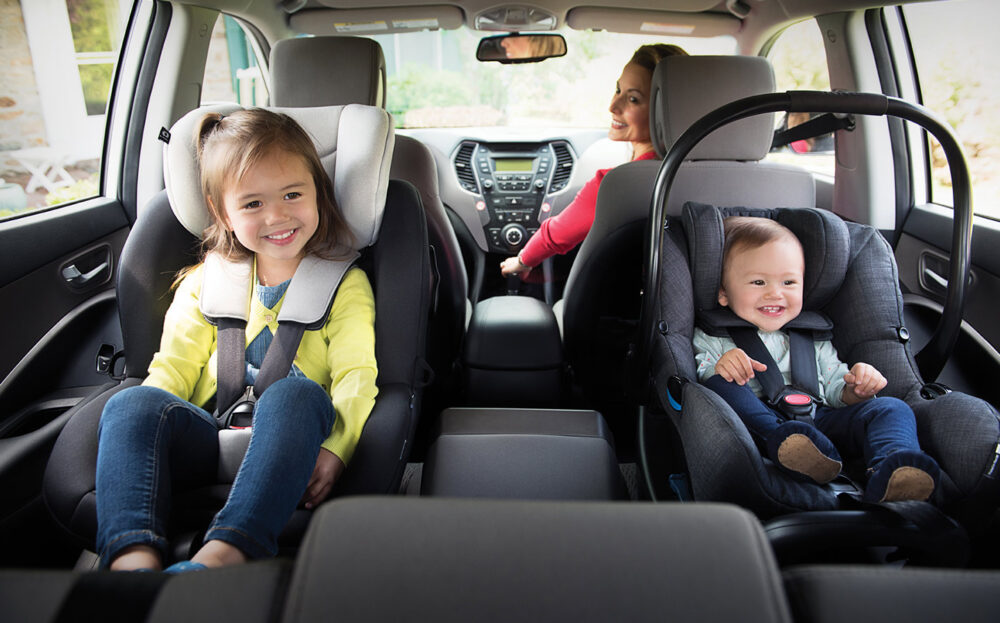
Source: driving.co.uk
Traveling by car has become an integral part of our lives. However, it brings along inherent risks, especially for the most vulnerable passengers – our children. Car crashes, while harrowing experiences for adults, amplify the dangers for children manifold. Given that a child’s body is in the continuous phase of growth and development, it’s inherently more fragile. The neck and spine, which are paramount for movement and function, are exceptionally susceptible during accidents. Recognizing this, child seats have been meticulously designed and crafted. They cater specifically to these vulnerable areas, providing optimal support and ensuring that the brunt of a collision is distributed more evenly across the child’s body. Given these benefits, equipping one’s car with a suitable child seat transcends from being just another safety measure to an absolute imperative for all caregivers and parents.
2. Types of Child Seats
Child safety seats aren’t a one-size-fits-all solution. They have been innovatively designed to cater to the various stages of a child’s growth. The primary categories are:
Rear-facing seats: Beyond the basic design of child seats in cars, these seats function by allowing the child to recline against the cushion, offering impeccable support to both the spine and the head during unexpected halts or impacts.
Forward-facing seats: Mainly tailored for toddlers, these seats are a step up from the rear-facing variety. Apart from the fundamental harness, they are embedded with features that anchor the child securely. This design ensures that the forces from any impact are channeled across the strongest regions of a child’s body.
Booster seats: Intended for school-going children, these seats address the awkward phase when the child has outgrown the forward-facing seats but isn’t adequately sized for the car’s built-in seat belts. These seats essentially elevate the child, ensuring that the car’s seat belt aligns perfectly with their frame.
It’s essential to realize that the progression between these seat types is not merely age-centric. Factors such as weight and height play a pivotal role in this decision-making.
3. Choosing the Right Child Seat
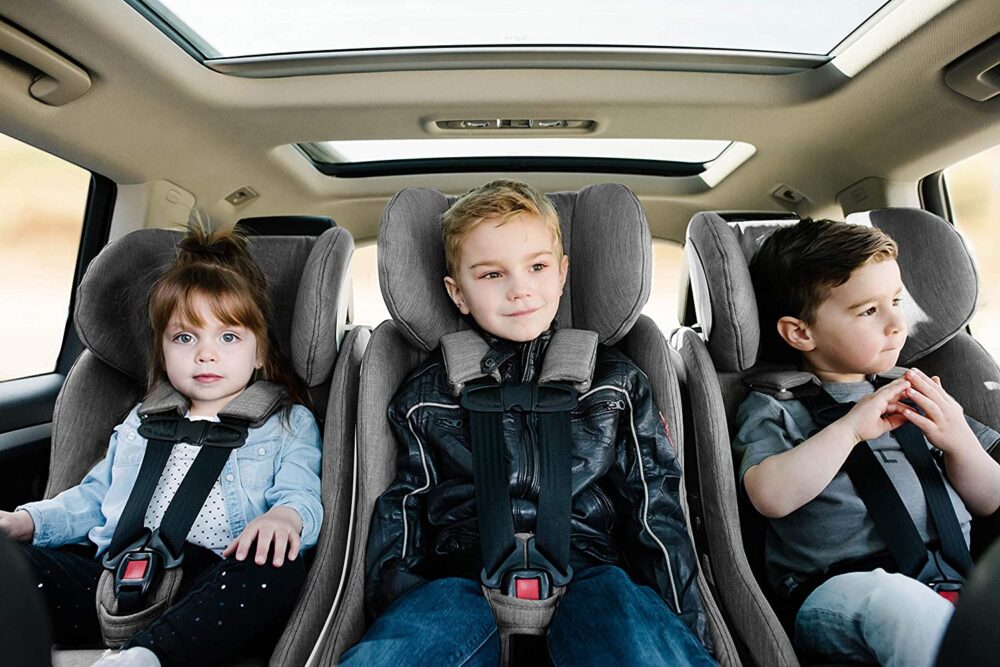
Source: todaysparent.com
With the market inundated with numerous models and brands, choosing an apt child seat can be overwhelming. However, the right fit is crucial to your child’s safety. Begin by evaluating key parameters like your child’s age, weight, and height. Then, consider the make and model of your vehicle. It’s paramount to immerse oneself in the intricacies mentioned in both the child seat manual and the car manual. This helps ascertain that the chosen seat is not just compatible but fits snugly, thereby guaranteeing maximum protection.
4. Installation Guidelines
Child seat installation is not a mere formality; it’s an art. And like every art form, precision is key. For rear-facing seats, a level base is paramount. Additionally, test the seat after installation by trying to move it. It shouldn’t shift more than an inch either sideways or front-to-back. In contrast, forward-facing seats should be tethered securely to the car. This tethering is crucial to nullify the forward momentum during abrupt stops or crashes.
5. Securing Your Child Properly
After perfecting the installation, the focus shifts to your child. Ensuring their comfort without compromising safety is the goal. The harness should be snug, with the chest clip rightly positioned at the armpit level. It’s also essential to be vigilant and ensure that the straps lie in a flat manner without any twists. Further, any slack in the strap is a red flag – one shouldn’t be able to pinch any excess material.
6. Common Mistakes to Avoid
While child seats are ingeniously designed to ensure maximum safety, a small oversight during installation or usage can jeopardize its efficacy. Awareness of these pitfalls can be the difference between a close shave and a catastrophe. Some glaring mistakes include not securing the seat with the required firmness, positioning the chest clip too low which doesn’t provide optimal restraint, or prematurely transitioning to a forward-facing seat, which might expose the child to greater risks. A proactive approach involves regularly referring to the manual, attending child safety workshops, or even seeking expert consultations. Every parent should be cognizant of these errors, as understanding and avoiding them not only ensures the child’s safety but also brings peace of mind during travels.
7. Safety Rules for Child Passengers

Source: donegalgroup-blog.com
The interior of a car is crafted with adults in mind, hence some areas, especially the front, can be risk-prone for children. Statistics and safety experts unanimously suggest the rear as the safest haven for children inside a car. Ideally, children should be ensconced in the back until they reach the age of 13. This reduces the potential dangers from airbags and frontal collisions. Additionally, as children grow and transition out of booster seats, they should adopt the habit of wearing seat belts, mirroring the safety practices of adults. Such habits, instilled early, evolve into second nature, ensuring lifelong safety.
8. Addressing Special Needs
Every child is unique, and some may have specific requirements owing to medical or developmental conditions. These nuances necessitate a more tailored approach to ensure both comfort and safety during commutes. Thankfully, the market offers customized seats and adaptors to cater to a wide spectrum of special needs. Parents and guardians can also collaborate with pediatricians, therapists, or car safety specialists. These professionals can provide insights, recommend suitable products, or even offer customized solutions, ensuring that every child, irrespective of their challenges, can travel with ease and safety.
9. Traveling Tips with Child Seats
Embarking on lengthy journeys with children brings its own set of challenges. While ensuring safety is paramount, the comfort and well-being of the child during extended hours in the car cannot be overlooked. Strategically planned breaks allow children to stretch, play, and refresh. Parents should also arm themselves with a repertoire of entertainment – be it sing-along songs, audiobooks, or portable games. These not only keep the child engaged but also make the journey enjoyable. Always ensure that amidst all the fun, the child remains securely fastened in their seat.
10. Regular Maintenance and Checks
Child seats, despite their robust design, are not immune to wear and tear. Periodic checks become indispensable to ensure that the seat remains in its prime condition. Lookout for signs of fraying, cracks, or any malfunctioning components. Familiarize yourself with the manufacturer’s guidelines on cleaning and maintenance. Using inappropriate cleaning agents or methods can compromise the seat’s integrity. Being proactive in addressing minor issues ensures the seat’s longevity and, more importantly, consistent protection for the child.
11. Navigating Legal Regulations
The landscape of laws surrounding child car seats is dynamic and varies across jurisdictions. Parents should be proactive in acquainting themselves with local mandates to ensure their practices are not only safe but also legally compliant. Some regions might have stringent regulations about age, weight, or the type of seat, while others might offer more flexibility. Regularly updating oneself with these laws is not just about avoiding fines or penalties, but a reflection of a parent’s commitment to their child’s safety.
12. Setting a Safe Example
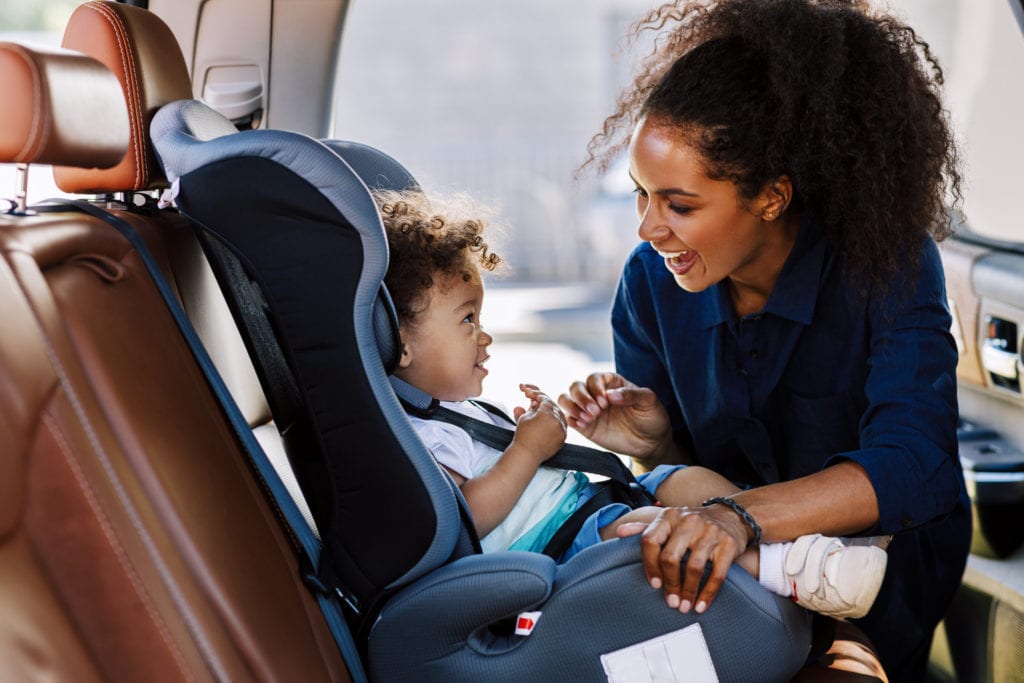
Source: agworkers.com
Children, with their innate curiosity and observant nature, often emulate the behaviors they witness, especially from their caregivers. Ensuring personal adherence to safety norms, therefore, becomes a dual responsibility. Every time an adult buckles up, drives responsibly, or follows road safety rules, they’re indirectly imparting these lessons to the younger passengers. Leading by example not only instills the right habits in children but also creates a collective culture of safety within the family.
Conclusion
The joy of parenting comes with the immense responsibility of ensuring our child’s well-being at every step. Every journey with our child is precious, and it’s up to us to make it safe. Armed with the right knowledge, choosing the perfect child seat, and adhering to safety practices isn’t a mammoth task. Let’s prioritize our children’s safety, ensuring they remain protected, making every car ride a memory rather than a risk. Here’s to safer roads and even safer travels with our little ones.


